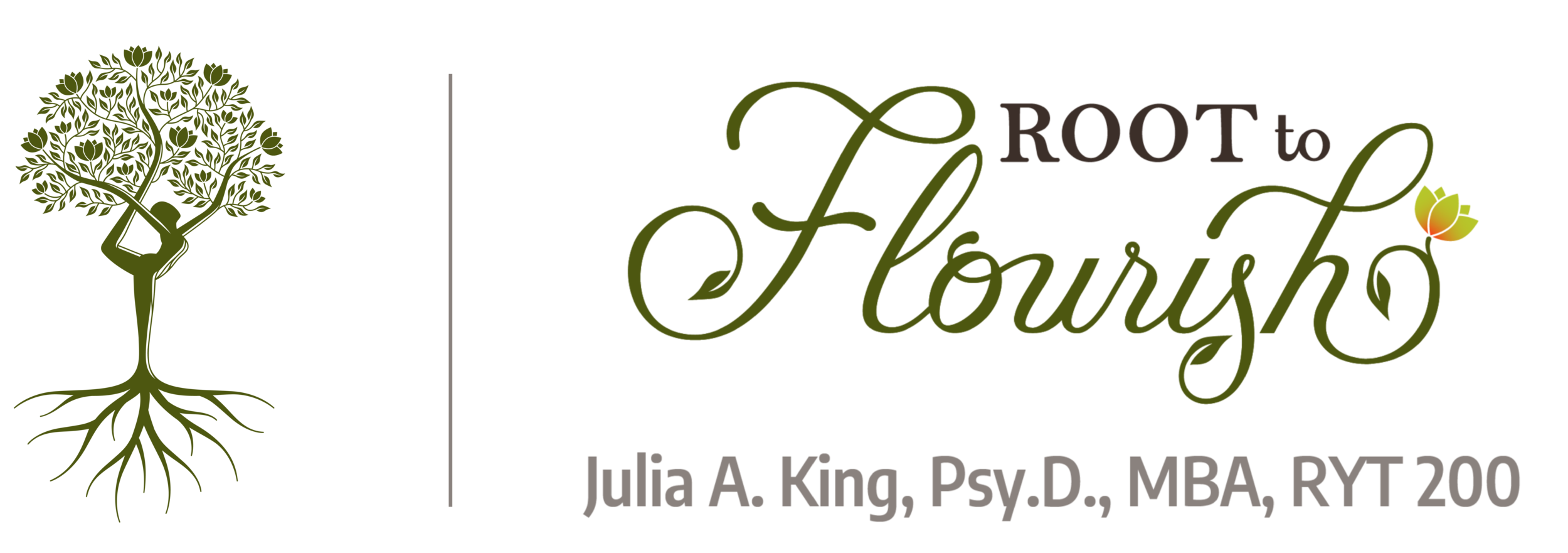The #1 reason I recommend my clients meditate
Photo by cottonbro studio
The benefits of meditation
There are so many benefits to meditation, including but not limited to:
improved stress management
reduced anxiety and depression
improved overall emotional wellbeing, that is, happiness
improved self-awareness
improved attention and concentration, and memory
reduced impulsiveness
increased patience, tolerance, and compassion
increased creativity
better pain management
lowered resting heart rate
reduced blood pressure, and
management of the symptoms of a myriad of illnesses including asthma, cancer, irritable bowel syndrome and other GI conditions, and tension headaches.
You could learn to - and I can certainly recommend that you - meditate for any and all of these reasons.
But the #1 reason I recommend meditation to my clients falls within the improved self-awareness category.
Bicep curls as an analogy for meditation: functional fitness
When you do a bicep curl, you’re engaged in an artificial activity in an artificial environment. You’re bending your elbow, curling a dumbbell toward your body, on repeat for however many sets, perhaps to build a sexy, sculpted bicep, but hopefully more so to build strength in that muscle, for the purpose of functional fitness. With every rep, with every set, you build strength in the muscle.
And, you want to take the strength you build in the artificial environment of the gym out into the world, out into your life. You want to use that strength to carry all of your groceries in in one go! You want to be able to lift a heavy bag of mulch or potting soil, or lift a child for a big all encompassing hug.
And this is exactly what we do when we meditate: build muscle with repetition, to take that functional skill into your actual life.
When you sit in meditation (or at least focused attention meditation, which is what I’m going to describe here), you choose something to focus on; it’s often the breath. You choose to sit and watch that one thing for a designated period of time. You simply watch it, objectively, without judgment.
You watch the breath coming in. You watch the breath going out. You watch the breath … “what am I doing for lunch today? did I pack my lunch? oh, right, turkey chili - yum! did I remember to pack a spoon? … oh, shit, I’m supposed to be meditating!” Sound familiar?
This. Is. Normal. Because this is exactly what is supposed to happen in meditation.
Your mind wanders, naturally. And we can’t stop it. Stopping our thoughts is not actually the point of meditation.
(Surprised? I know, right? I have so many clients come to me and say they’ve tried to meditate but they’re bad at it so they quit. But, fortunately, being good at it is also not the point! And hint: you’re going to be bad at it, probably really bad at it - that’s why you need to meditate!)
The point is this: your job as a meditator is to notice when (not if) the thought wanders away, and to gently release that thought, and return it to the breath. Two seconds later your mind will wander away again, and you’ll be there to steer it back to the breath each and every time. You may feel like you do it a hundred times in a three minute meditation; if you do, it’s okay. It’s actually awesome because you’ve been able to practice the skill you’re trying to build repeatedly. And repeatedly doing a thing you’re trying to learn means you learn the thing faster.
Every time you notice your mind has wandered away, release the thought and return it to the breath, is a rep, and, as with bicep curls, every rep builds strength.
So, you’ve started your day with a three-minute meditation. Consider that your ‘workout,’ your sets of bicep curls.
Now, you go out into your actual life. Put the skill you’ve been practicing into action.
Having trouble focusing at work? Notice that your mind is wandering, release the thought, and redirect it to the task at hand. Repeat, and likely repeat … and repeat.
Replaying a conversation where you think you said something stupid? Notice that you’re ruminating, disengage from the thought, and place your attention where you’d like it to be instead. Repeat as needed.
Mind racing and unable to sleep? Notice each thought and release it, and intentionally anchor your attention elsewhere. (Note: I like ‘99 bottles of beer on the wall’ to anchor my chattering thoughts when I’m unable to sleep. It’s anchoring enough to give your mind something to do, and boring enough to not keep you awake and engaged.)
Meditating daily, when you’re calm, increases your awareness of your thoughts. That skill then becomes transferable into your actual life: functional fitness.
Noticing and disengaging from - and challenging and reframing - problematic thoughts is an incredibly powerful skill to shift your emotional experience.
And, meditation is the ‘workout’ you need to be more functionally fit in your life in this way.
If this message resonates, let me know! I’d love to hear from you! I read and respond to every message (yes, really!).
If you want to discuss it with others, please share it!
And, if you want more, be sure to subscribe!

